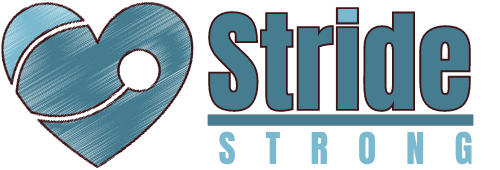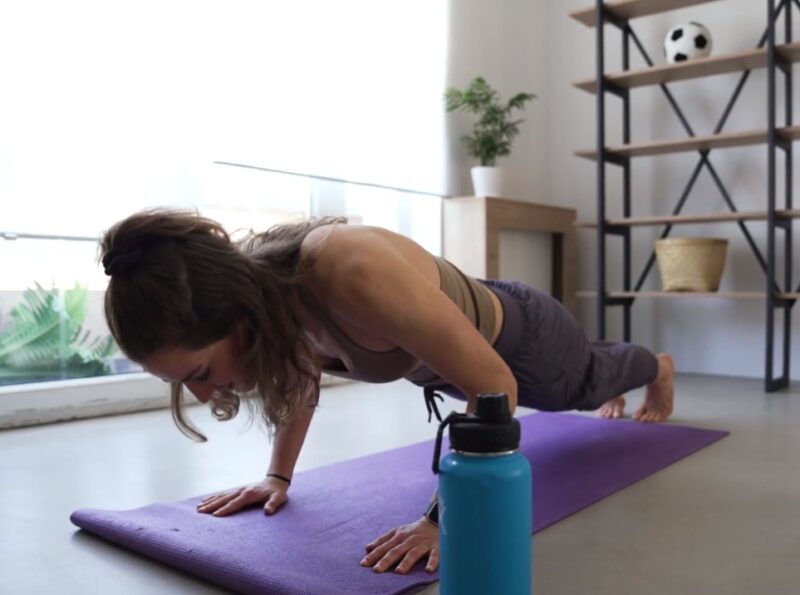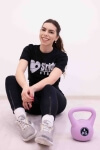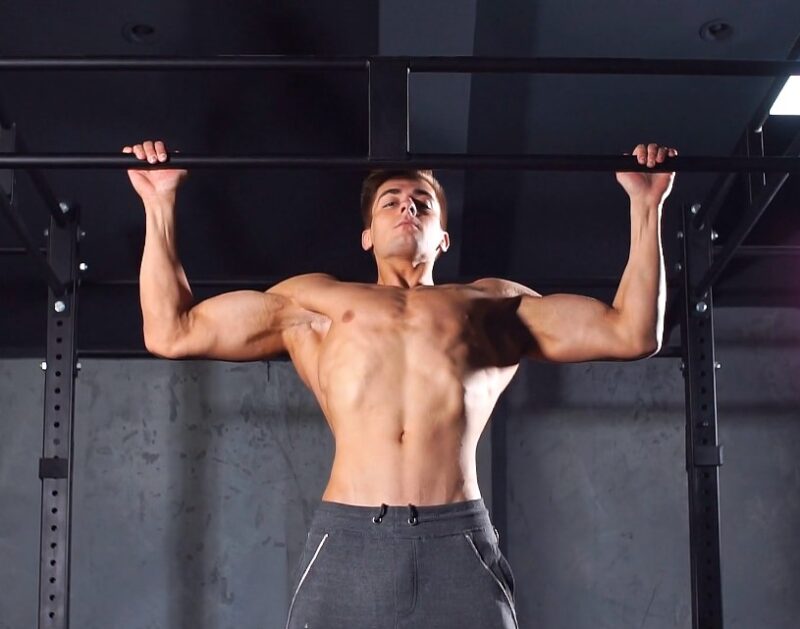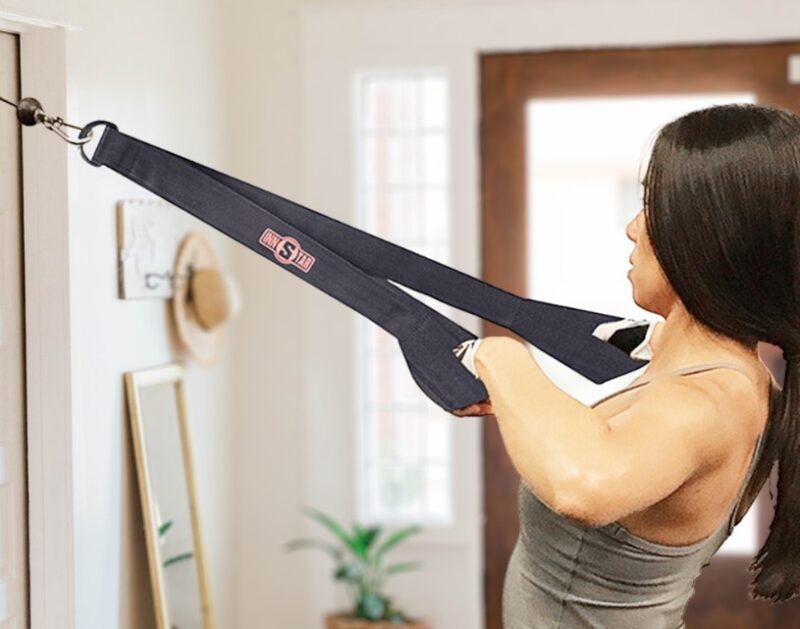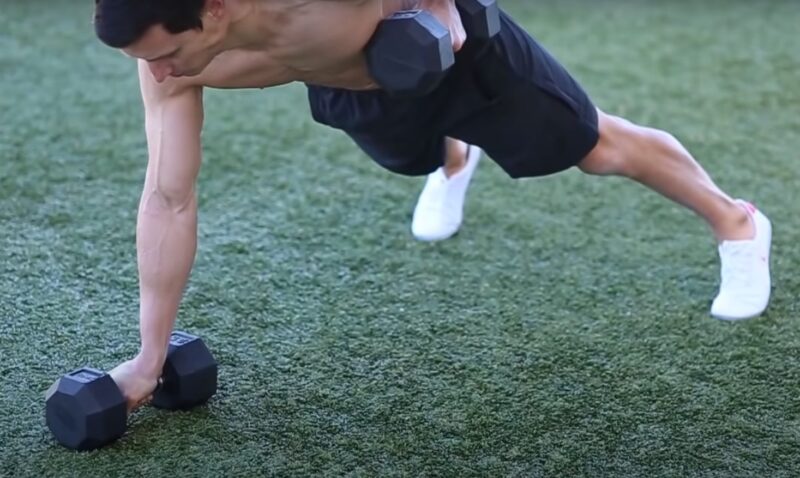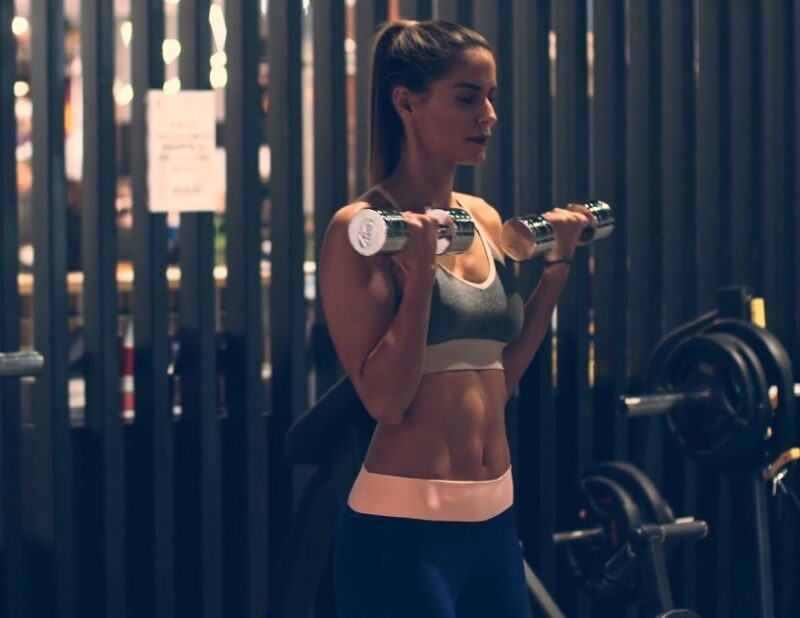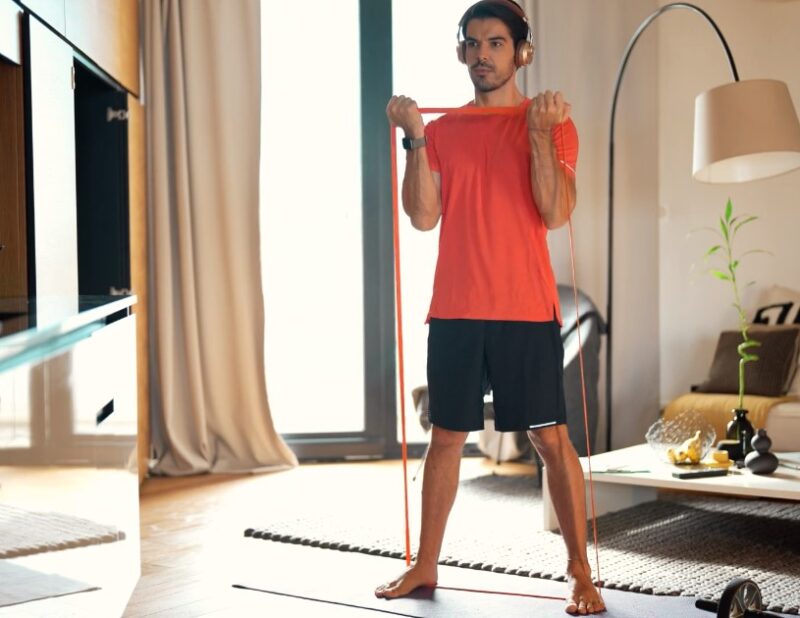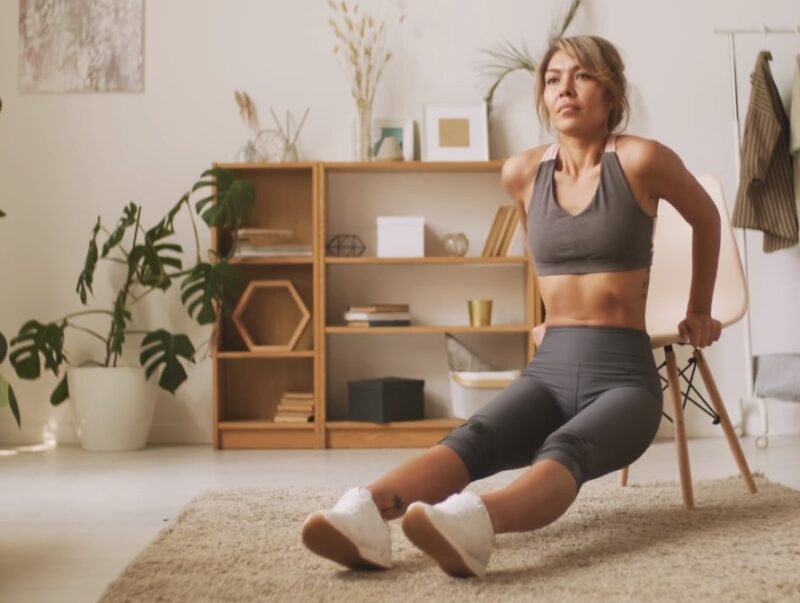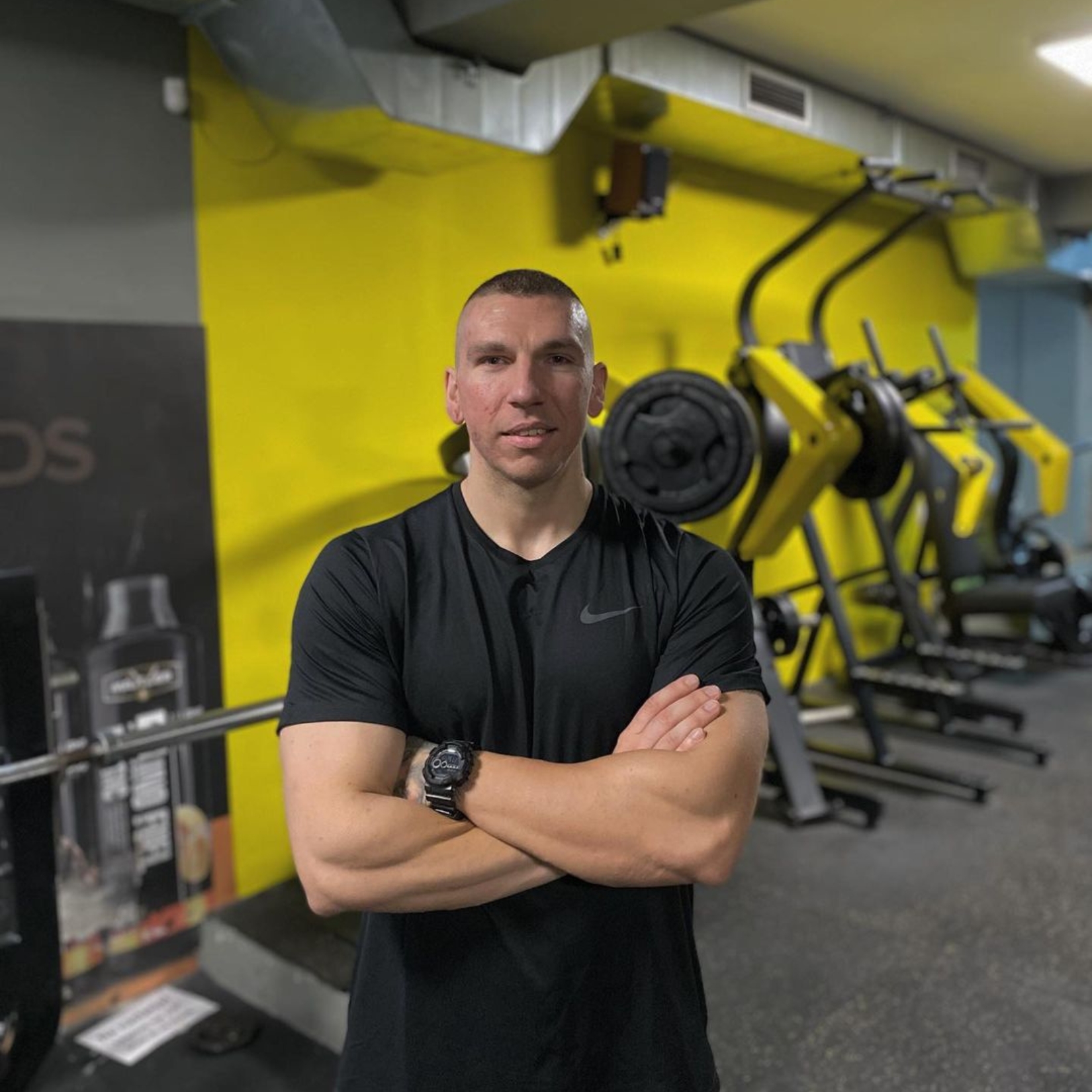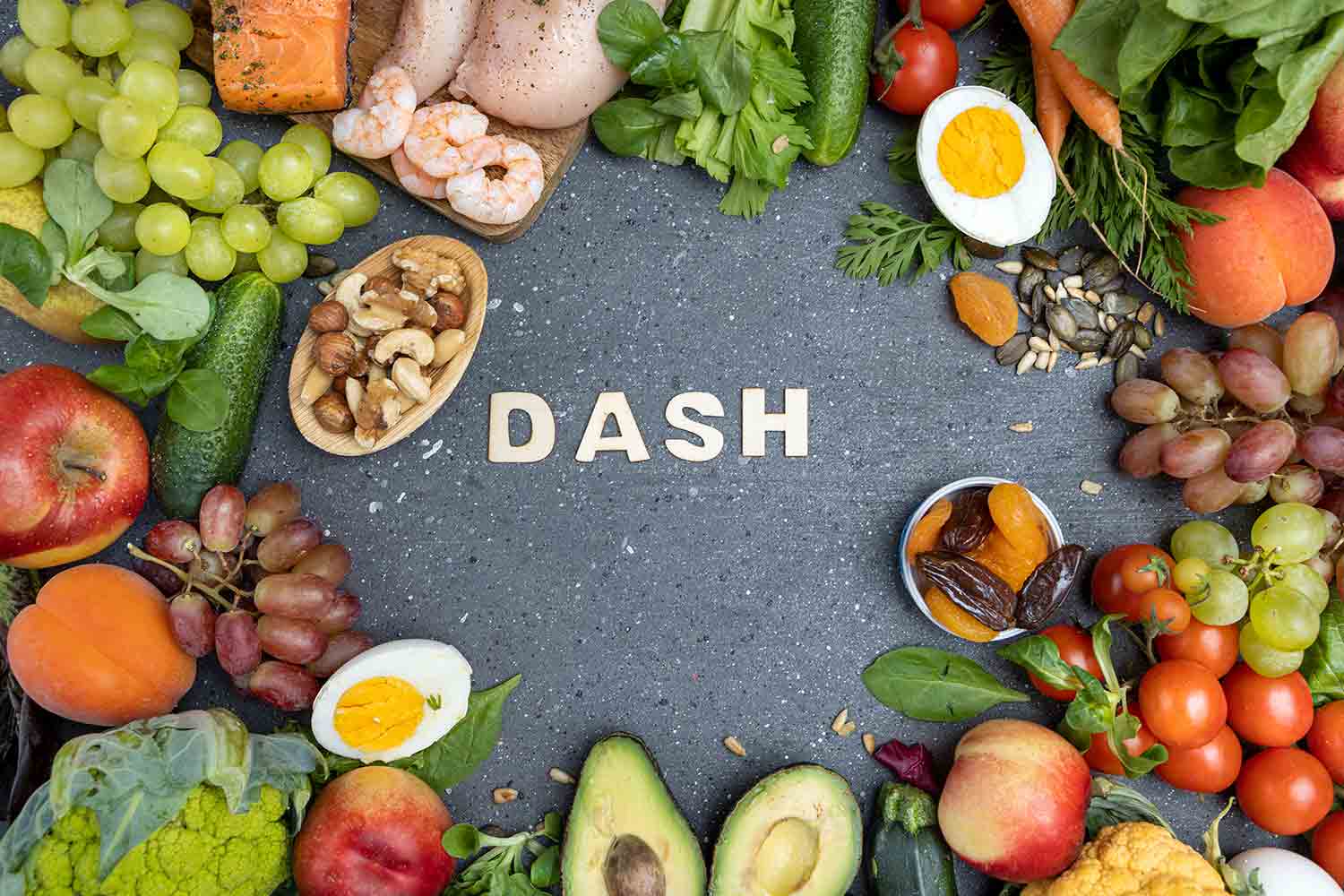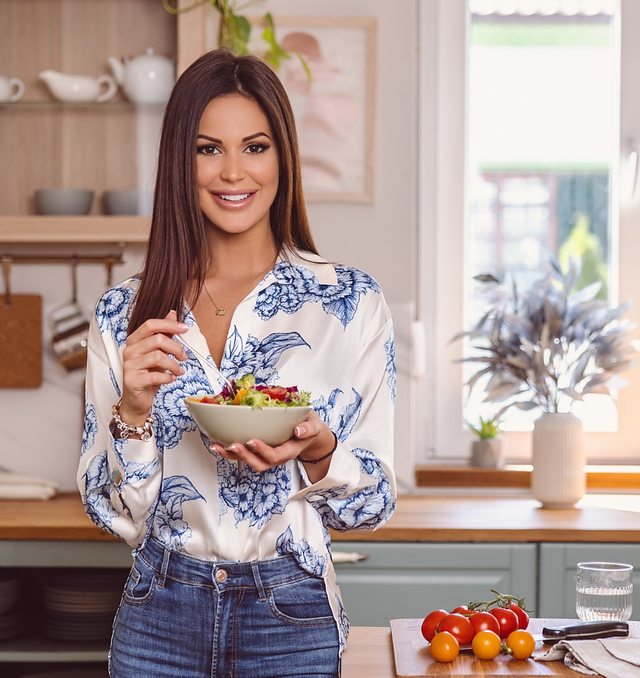I love working out at home, especially because I can work at my own pace without feeling the pressure that comes with a public gym environment.
Pull exercises are great for improving your posture, preventing injuries, and sculpting your upper body.
But sometimes, it can be hard to find the right exercises to do without any fancy equipment or machines.
That’s why I’ve compiled this list of 10 best strength exercises for your at-home pull workouts. All you need are some basic items like a resistance band, a towel, or a chair.
1. Pull-Ups
Pull-ups are the quintessential pull exercise. They engage your lats, biceps, and upper back, offering a comprehensive workout for the upper body.
These are compound movements, meaning they work for multiple muscle groups at once. Doing this exercise will sculpt your back but also improve grip strength and shoulder stability.
I especially love them because I can target different muscle groups just by changing my grip or hand position.
How to Perform These at Home?
All you need is a sturdy pull-up bar. Start with your hands slightly wider than shoulder-width apart. Engage your core and pull yourself up until your chin is above the bar. Slowly lower yourself down and repeat.
If you’re a beginner, consider using resistance bands or an assisted pull-up machine to help you get started.
2. Inverted Rows
Inverted rows are an excellent alternative to pull-ups, especially for those who might find pull-ups too challenging initially.
Inverted rows target the mid-back muscles, including the rhomboids and traps. They also engage the biceps and rear deltoids.
This exercise helps improve posture by strengthening the muscles that retract the scapula, pulling your shoulders back.
How To Do It?
You’ll need a sturdy bar or table to perform this exercise. Lie underneath the bar or table, grabbing it with an overhand grip. Keep your body straight and pull your chest towards the bar or table. Lower yourself with control and repeat.
3. Face Pulls
Face pulls are a lesser-known but incredibly effective exercise for targeting the rear deltoids and upper traps. This is very important for shoulder health. The exercise strengthens the often neglected rear deltoids, helping to balance out the shoulder muscles and reduce the risk of injury. I noticed it help me improve my posture.
How to Perform Them?
Using a resistance band anchored at head height, stand a few steps back to create tension. Hold the band with both hands, palms facing each other. Pull the band towards your face, separating your hands as you do so, aiming to pull the band apart.
Slowly return to the starting position and repeat.
4. Single-arm dumbbell Rows
Single-arm primarily targets the lats, but it also engages the biceps, traps, and rhomboids. By working one side at a time, you can ensure both sides of your back develop evenly. It also allows for a greater range of motion compared to some other rowing exercises.
What Do You Need to Do?
- Place one knee and hand on a bench or sturdy surface, holding a dumbbell in the opposite hand
- Keep your back flat, and pull the dumbbell toward your hip
- Lower it with control, and repeat. Ensure your torso remains stable throughout the movement
5. Banded Pull-Aparts
This a simple yet effective exercise for the rear deltoids and upper back, requiring just a resistance band. This exercise is excellent for shoulder health and posture. It targets the rear deltoids, which are often undertrained in typical workout routines.
Regularly performing banded pull-ups can help reduce the side effects of prolonged sitting and forward shoulder posture. Here’s what to do:
- Hold a resistance band with both hands, arms extended in front of you at shoulder height
- Keeping your arms straight, pull the band apart by moving your hands outward
- Squeeze your shoulder blades together at the end of the movement
- Slowly return to the starting position and repeat.
6. Renegade Rows
Renegade rows combine a plank with a row, offering both core engagement and a back workout. This exercise targets the lats, rhomboids, and traps while also engaging the core, shoulders, and triceps. It’s a full-body movement that enhances stability and functional strength.
How to Perform Renegade Rows at Home?
Start in a plank position holding a dumbbell in each hand. While keeping your body stable and hips square to the ground, row one dumbbell towards your hip. Lower it with control and repeat on the other side.
Ensure you resist the urge to rotate your torso during the movement. It can be hard, but hang in there.
7. Lat Pulldowns
While typically performed with a cable machine at the gym, lat pulldowns can be effectively replicated at home with resistance bands.
Lat pulldowns primarily target the latissimus dorsi, the large muscles on either side of your back. They also engage the biceps, rhomboids, and lower traps. Regularly performing this exercise can contribute to a V-shaped torso, as it widens the upper back.
How Is It Done?
Anchor a resistance band overhead, either by securing it in a door or wrapping it around a sturdy overhead beam. Sit or kneel down, grabbing the band with both hands. Pull the band down towards your chest, squeezing your shoulder blades together. Slowly release and repeat.
8. Hammer Curls
While primarily a bicep exercise, hammer curls also engage the brachialis and brachioradialis, muscles that assist in pulling movements.
Why Do I Recommend This Exercise?
Hammer curls help in developing a fuller-looking arm by targeting muscles that traditional bicep curls might miss. They also improve grip strength, which is beneficial for other pull exercises.
Step-by-step Guide
- Hold a dumbbell in each hand with a neutral grip (palms facing each other)
- Keeping your elbows close to your torso, curl the weights toward your shoulders, lower them with control, and repeat.
9. Banded High Pulls
This exercise mimics the movement of a barbell high pull but uses a resistance band, making it suitable for home workouts. Banded high pulls target the upper traps, rear deltoids, and biceps.
They help in developing the upper back and shoulders, giving a more rounded and developed appearance.
What To Do?
Stand in the middle of a resistance band, holding an end in each hand. With a slight bend in your elbows, pull the band upwards and outwards until your hands are at head height. Slowly lower and repeat.
10. TRX Rows (or Suspension Trainer Rows)
If you have a suspension trainer at home, this exercise is a must-add to your pull workout routine. TRX rows engage the entire back, biceps, and core. The instability of the suspension straps adds a core stability challenge, making it a compound exercise.
How to Perform TRX Rows?
Anchor your suspension trainer to a sturdy overhead point. Holding the handles, lean back until your body is at an angle. Pull yourself up by squeezing your shoulder blades together. Lower with control and repeat.
Adjust your feet’s position to increase or decrease the difficulty.
Bonus Tips for Maximizing Your Workouts
While the exercises mentioned above are the core of your at-home pull routine, I can offer some more useful tips to help you get the most out of your workout.
Progressive Overload
To see continuous growth and strength gains, it’s good to implement the principle of progressive overload.
This means the gradual increase of stress placed upon the body during exercise training. It will aid muscle growth and strength gains.
Simply put, to get stronger and build muscle, you need to continually challenge your body.
Even without heavy gym equipment, you can apply this principle at home. Increase the resistance of bands, add more reps, perform the exercises slower, or reduce the rest time between sets. Always ensure you’re challenging yourself without compromising on form.
Mind-Muscle Connection
The mind-muscle connection is about focusing on the muscle you’re working on and can significantly enhance your workouts. By actively thinking about and feeling the muscle you’re working on, you can recruit more muscle fibers, leading to better muscle activation.
This can result in more significant muscle growth and strength gains over time. Start by reducing the weight or resistance and performing the exercise slowly. As you move, focus on the muscle, feeling it contract and stretch.
Visualization also helped me; imagine the muscle working as you perform each rep.
Recovery and Nutrition
Your workout is just one piece of the puzzle. Recovery and nutrition play a pivotal role in your fitness journey.
Muscles grow and repair outside of your workouts, not during them. Giving your body adequate time to recover ensures you’re ready for your next session and reduces the risk of injury.
Eating a balanced diet can fuel your workouts and aid in muscle recovery and growth.
FAQs:
Can I do these exercises if I have a shoulder injury?
Some exercise CAN be done with an injury, but I would consult a doctor first.
Can I do pull workouts while fasting?
Light to moderate workouts may be done while fasting, but listen to your body’s energy levels.
How long does it take to see results?
Visible results can vary, but improvements in strength and endurance can be noticed within a few weeks.
Can I incorporate these exercises into a full-body workout routine?
Yes, combining pull exercises with push and leg exercises creates a balanced full-body routine.
Related Posts:
- Get Your First Pull-Up in 30 Days - Just Follow This Guide
- 10 Benefits of Doing Pull-Ups Throughout the Day
- 5 Strength Training Workouts for Beginners - How and…
- Strength Training for Women - Female Force
- Do Grip Trainers Work? - Maximizing Hand Strength
- 5 Ways to Use the Treadmill for Strength Training at…
